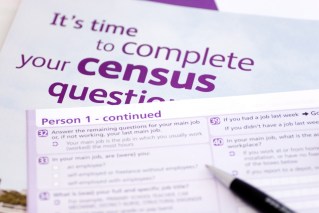• Ita approaches, residents seeking shelter
• ‘Very destructive’ Cyclone Ita set to slam coast
Far north Queensland is bracing for Cyclone Ita, which has been upgraded to a category 5.
Premier of Queensland Campbell Newman told Sky News that the cyclone is expected to be “very destructive” to the communities of Hopevale and Cooktown. Residents in those towns are being warned to seek refuge in cyclone shelters. The Premier said locals can expect roads to be cut, power outages, and the loss of telecommunications.
What is a cyclone?
A tropical cyclone is a low-pressure system that forms over warm tropical waters, and usually dissipates over colder land or water.
Cyclones derive their enormous destructive energy from the difference in temperate between the ocean and the weather above it.
These potentially devastating anomalies can produce destructive winds, heavy rainfall, lightning-filled storms and, worst of all, extensive flooding, which is exactly what the residents of Cooktown are bracing for.
The intensity of a tropical cyclone is measured according to the extent and force of its maximum winds, and is plotted on a 5-point scale.
Cyclone categories
Cyclone Ita has been classed right at the top of the scale – Category 5, the worst possible classification.
The Bureau of Meteorology describes a category 5 as “extremely dangerous with widespread destruction.”
The wind speeds of cyclones vary from 125 km/h in a category 1 up to 280 km/h in a category 5, although these most severe winds are usually confined to a small area around the core of the storm – commonly known as its ‘eye’.
Queenslanders are being told to expect winds up to 300km/h from Cyclone Ita. To put this in context, Tropical Cyclone Tracy, which destroyed swathes of Darwin in 1974, reported wind gusts of at least 217 km/h. The damage caused by Tracy cost hundreds of millions of dollars.
The greatest possible hazard of Cyclone Ita may well be its storm surge, which is the wall of ocean water pushed in front of a cyclone that can cause extensive flooding.
Tropical cyclones can last for days and travel widely and erratically before they finally dissipate, with winds extending hundreds of kilometres from the cyclone centre.

Expected course of Cyclone Ita. Image: Bureau of Meteorology








